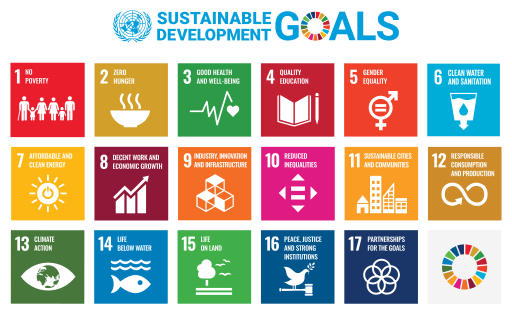Project Details

🇧🇩 Khulna Division (3 districts): Satkhira, Khulna, Bagerhat; Barishal Division (2 districts): Pirojpur & Barguna
The project aims to increse income of waste pickers 5000+ and 10 years of period, capturing an average of 102,000 tonnes CO₂ per annum.
Bangladesh generates approximately 3,000 tons of plastic waste daily, accounting for 10% of
the total waste volume). The Consumption of LDPE packaging materials increased fivefold in
2020 compared to 2005. At the household level, 40.6 percent of LDPE in waste comes from
single-use thin shopping bags and 7.0 percent from MLP. The COVID-19 pandemic has increased
the consumption of packaging and shopping bags made of LDPE. An estimated 24,032–36,047
tons of plastic waste are disposed of per year in 1,212 hot spots around canals and rivers, all of
which are connected to the river system. In addition, a lot of LDPES, mainly SUP and MLP (e.g.,
potato chips bags, polythene bags, packaging materials) were found in tourist spots. Amongst
discharged plastic wastes only 30 percent of postconsumer packaging waste is collected, 37
percent is recycled, 12 percent ends up in khals and rivers. Though several policy measures
were adopted by the government, lack of public awareness and poor enforcement made
difficult to halt plastic pollution.
The world’s largest single mangrove forest and the UNESCO Marine World Heritage Site –
Sundarbans is also affected by the plastic pollution. Plastic discharge to the Bay of Bengal
through the Sundarbans (both Bangladesh and India) is about 4 million tonnes per year with a
discharge density of 1.7 × 10−8 tonnes plastic/ha-yr. This pristine sanctuary comprising 30% of
national biodiversity and inhibiting globally threatened, vulnerable or endangered species (i.e.,
Panthera tigris, Platanista gangetica, Orcaella brevirostris, Lepidochelys olivacea, Crocodilus
porosus) has currently facing plastic induced stress condition (e.g., disrupting soil microbial
processes, plant growth, litter decomposition, hamper carbon sequestration capacity). To
address this transboundary plastic situation, a systemic solution is needed urgently that
integrates innovative technology, improved plastic management policy advocacy, sustainable
financing, knowledge and research, awareness raising and behavior change.
This project is designed to address the above-mentioned aspects of the solution that is deeply
rooted in the Parley AIR thematic areas. Retrieving and recycling activities at the upstream
(Site:1) of the Sundarbans with introducing innovative technology that contributes to circular
economy and engaging marginal waste pickers, this project could avoid the plastic discharge at
the river before entering into the Sundarbans and the Bay of Bengel. Besides, the plastic
pollutions at the downstream, inside the Sundarbans (Site:2), are also avoided and intercepted
before entering the Bay of Bengel through policy advocacy, behavior change and awareness
raising activities. Moreover, the project is designed to ensure more 50 percent women
beneficiary, to create better plastic management in the eco-tourism industry and to strengthen
relation with government for sustainability after the project period. Additionally, this project
could bring both environmental and social benefits (e.g., mangrove ecosystem protection,
habitat conservation of 6 globally endangered and threatened species, improvement of
ecosystem services, empowerment of women through social status upliftment, AIG support to
the fishermen etc.).
Project ID: TBD
The app-based project in the Sundarbans, the world’s largest mangrove forest and an Ecological Critical Area, promises transformative environmental benefits. By mobilizing waste pickers to efficiently collect plastic waste via geotagged alerts, the initiative directly reduces pollution choking this vital ecosystem. Removing plastics prevents soil and water contamination, safeguarding mangrove roots critical for coastal stability and carbon sequestration. It mitigates wildlife threats from ingestion/entanglement, preserving biodiversity. Cleaner mangroves enhance resilience against climate impacts, while curtailing microplastic infiltration protects marine food chains. Transboundary collaboration ensures holistic restoration, aligning livelihoods with conservation. This tech-driven approach fosters sustainable coexistence, securing the Sundarbans’ ecological integrity for future generations.
-


House - 92, Road-05, Block-D,
Basundhara Residential Area, Baridhara,
Dhaka-1212, Bangladesh
House-37, Road-11, Block-H
Banani, Dhaka-1213 Bangladesh